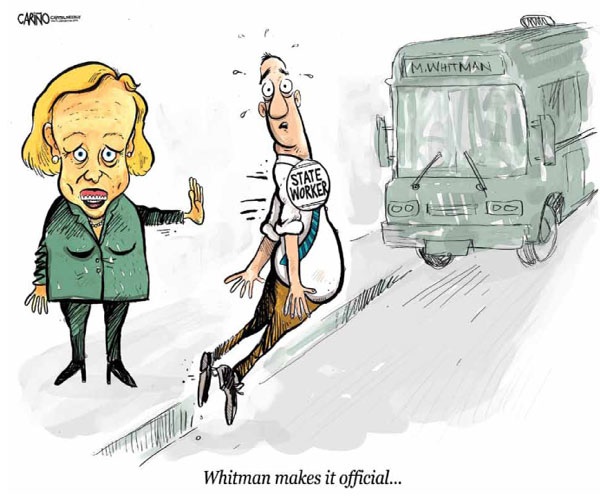Calif. inmate care lags despite billions invested
By DON THOMPSON Associated Press Writer
Posted: 08/26/2010 04:59:10 PM PDT
Updated: 08/26/2010 07:02:46 PM PDT
SACRAMENTO, Calif.—California's inmate health care remains poor despite the billions of taxpayer dollars poured into the prison medical system in recent years, according to a report Thursday by the prison system's inspector general.
Just two of 17 prisons met minimal health care standards, and those just barely, according to the report. It covers half the 33 adult prisons where medical care has been overseen by a federal court-appointed receiver since 2006.
A federal judge took control of prison medical care after finding widespread neglect and malpractice was causing the death of an average of one inmate each week.
Annual spending on prison medical care has since more than doubled, from $707 million to $1.55 billion, according to the state Department of Finance. The state has spent a cumulative $5.65 billion on prison medical care under the receiver, not counting other costs like transporting and guarding sick inmates and providing them with dental and mental health services.
But Shaw's report finds the prisons continue to do a poor job of getting inmates basic care and medication.
"We feel that a lot of their suggestions are valid and we appreciate it," said Liz Kanter, a spokeswoman for receiver J. Clark Kelso. "We've made tremendous reforms in a lot of areas, but we realize there's a ways to go and we're addressing those."
The report found that most of the prisons did not meet minimum standards in four of five key areas, all of which involved getting inmates the medical examinations, treatment and prescriptions they needed. The two prisons that exceeded the 75 percent minimum score for moderate compliance with health standards scored just 76 percent and 78 percent.
The 17 prisons together scored above the minimum in one of the five areas, providing nursing care. They did a particularly poor job in preventative care and treatment of tuberculosis.
Chief Assistant Inspector General Jerry Twomey said the report used the receiver's own criteria for providing acceptable care.
"In any number scale, 60 is not a good number—80 is much better," Twomey said.
Don Specter, director of the nonprofit Prison Law Office, said an abysmal medical system has seen some improvements since the receiver took control but not enough.
"What this report says is prison officials are not ensuring that prisoners are seen for routine, acute and even emergency services in a timely manner," said Specter.
His firms' lawsuit on behalf of sick inmates resulted in U.S. District Judge Thelton Henderson appointing the receiver. Henderson and two other federal judges more recently ruled that the state must reduce its prison population by about 40,000 inmates over two years to improve inmate medical and health care.
The U.S. Supreme Court has agreed to hear the state's appeal of that ruling. Specter argued that the inspector general's report is more evidence that "the receiver's efforts will be hampered until and unless the population is reduced to manageable levels."
Gordon Hinkle, spokesman for the California Department of Corrections and Rehabilitation, said the agency is trying to reduce the prison population while protecting public safety but denies any connection between the quality of medical care and inmate crowding.
To read the entire OIG report please go to:






























No comments:
Post a Comment